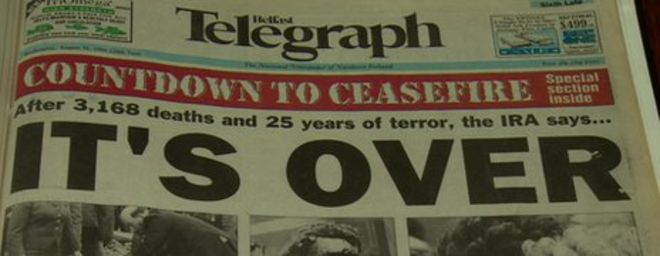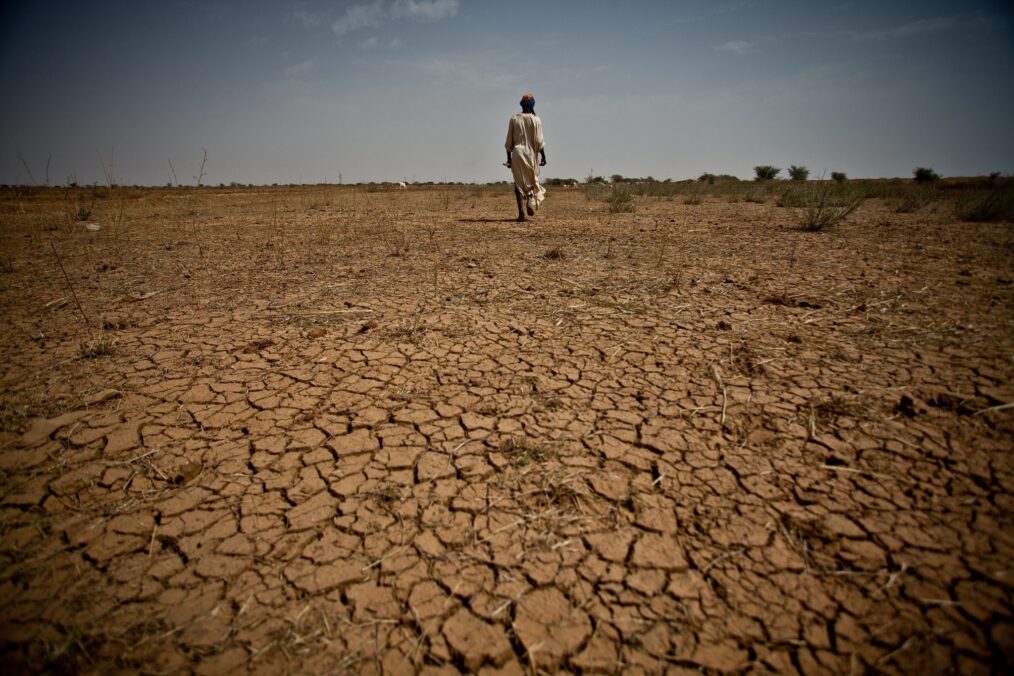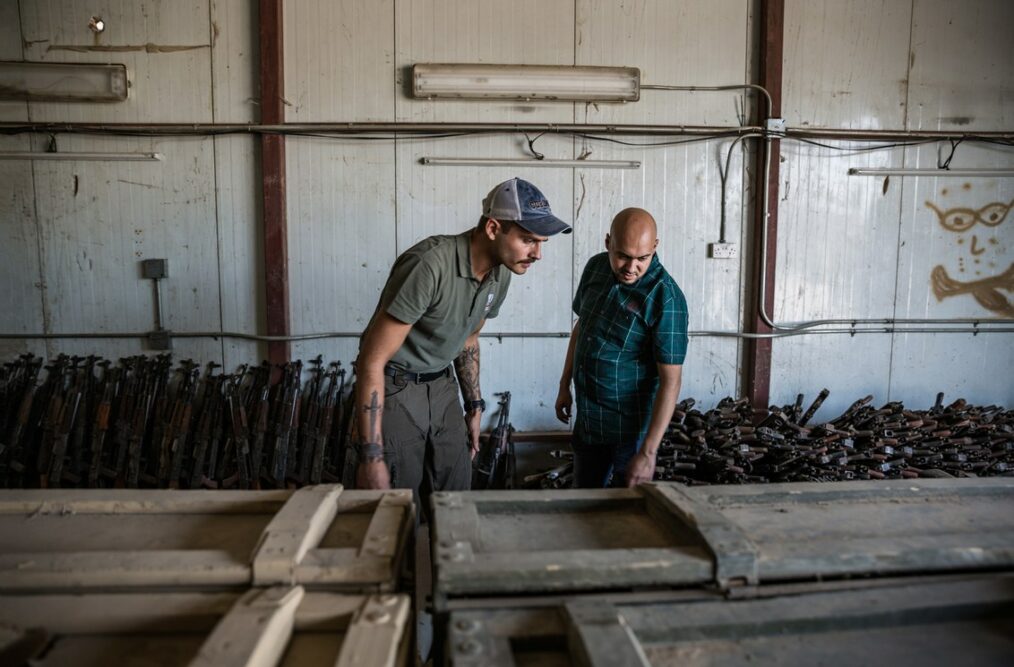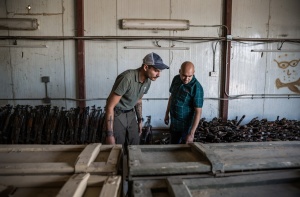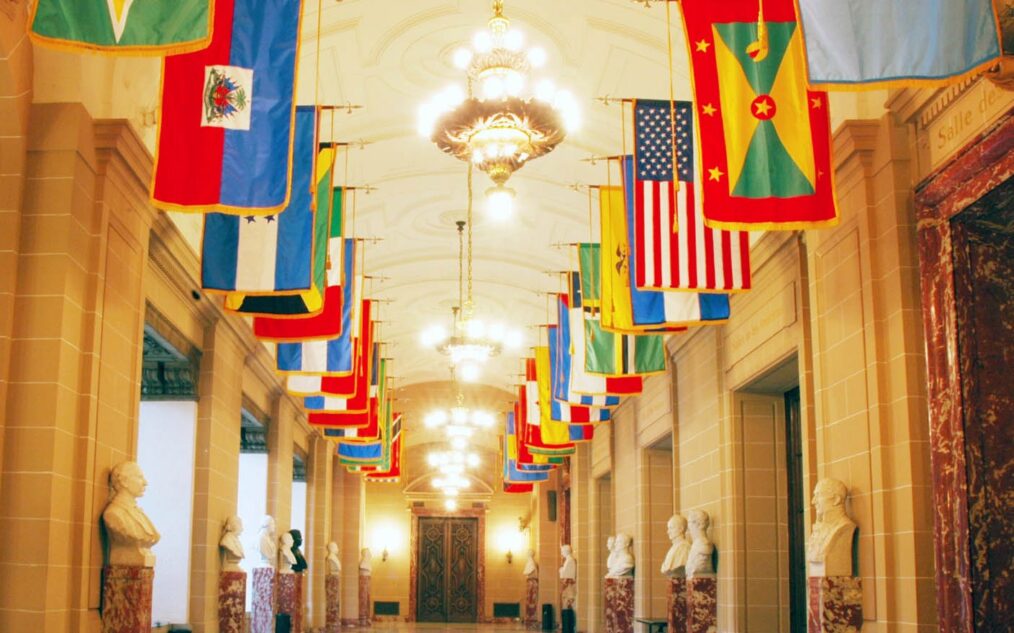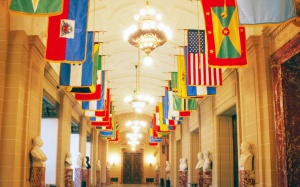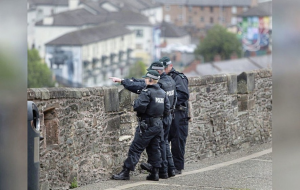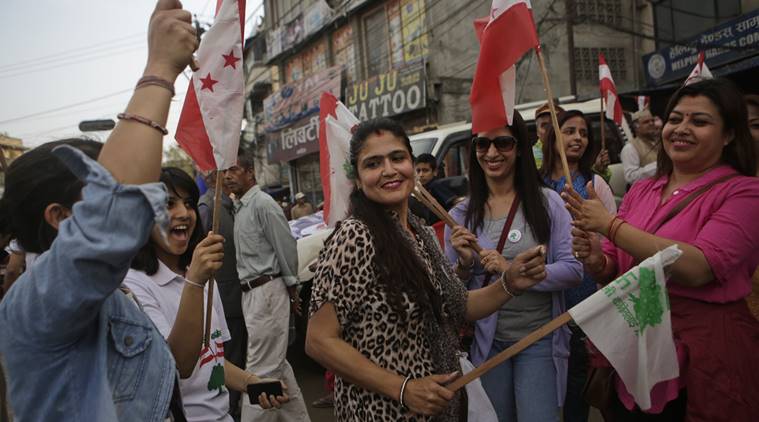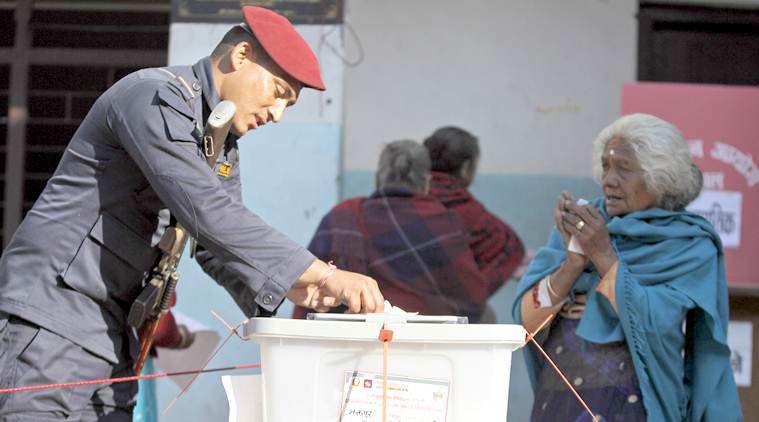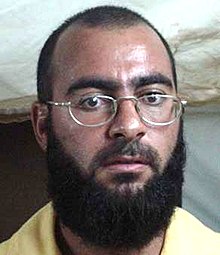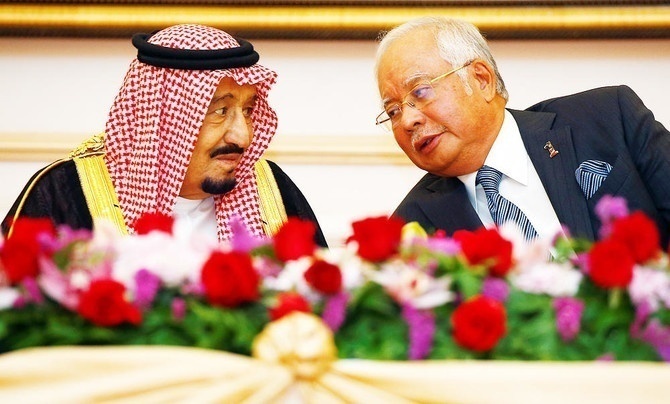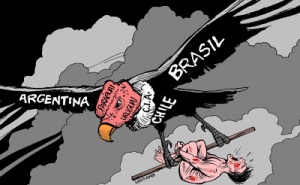
http://freethoughtmanifesto.blogspot.com/2013/03/operation-condor.html
The period from 1964 – 1990 is a dark chapter in Latin American history.
The period from 1964 – 1990 is a dark chapter in Latin American history. Nearly all of the countries in the region were engulfed by the Cold War, and with American support, many overturned their democratically elected leaders. They turned to military dictatorships in what was an extension of the Red Scare, i.e. a paranoia regarding communist politicians and parties. Of these countries, three are of particular relevance due to their size and the violence of their regimes: Brazil, Argentina, and Chile.
The military took power in Brazil in 1964. This coup d’état deposed the elected government of Joao Goulart, who was perceived as having been a communist. Gradually, the general-presidents restricted civil and political rights. This culminated in the issuance of Institutional Act Number Five. AI-5 was a major decree that allowed the military to interfere as it wished in any level of Brazilian city or state government. It could even gerrymander its localities. AI-5 suspended constitutional guarantees, including those protecting Human Rights. Institutionalized torture became part of the state’s modus operandi. The regime was responsible for 191 deaths, 243 disappearances, and more than 50,000 arrests in a brutal season of oppression.
Security forces, right-wing death squads, along with military elements all went after socialists, left-wing guerrillas, and populist Peronists.
Argentina endured a similar convulsion. 10 years after Brazil’s lurch toward dictatorship, an Argentinian military junta took power. Unlike Brazil, in Argentina, the focus was on killing not on torture. The military junta launched what became known as The Dirty War on its opponents. Security forces, right-wing death squads, along with military elements all went after the opposition. Opponents included socialists, left-wing guerrillas — known as Montoneros — and the populist Peronists. As many as 22,000 Argentines were either killed, dumped into the river Mar del Plata, or disappeared into clandestine detention camps.
Estimates hold Pinochet responsible for the deaths of 10,000 – 30,000 Chileans.
A year before Argentina’s coup d’état, Chile had its own. It was 1973, and with American support, the Chilean military bombed the Chilean presidential palace. The incumbent, the leftist president Salvador Allende, reportedly committed suicide — albeit under circumstances so suspicious they remain under investigation today. What followed until 1990 was an end of civilian rule and the rise of Augusto Pinochet. During this time, repression of the population was rampant. Estimates hold Pinochet responsible for the deaths of 10,000 – 30,000 Chileans.
With extreme-right wing movements resurgent the world over, including in Latin America, it behooves us to reflect on the past’s pain and suffering. This is to say nothing of the economic woes that the appearance of right-wing military dictatorships augurs. When we forget history we doom ourselves to repeating it. Today, tools such as social media, international law, and prosecution of human rights violators act as a bulwark against abuses. However, populations must remain vigilant. The international community must rebuff any prospect of a brutal regime take-over to avoid irreparable losses. May Latin American military dictatorships remain a dark part of history and not a resurgent part of our present, or worse, our future.





